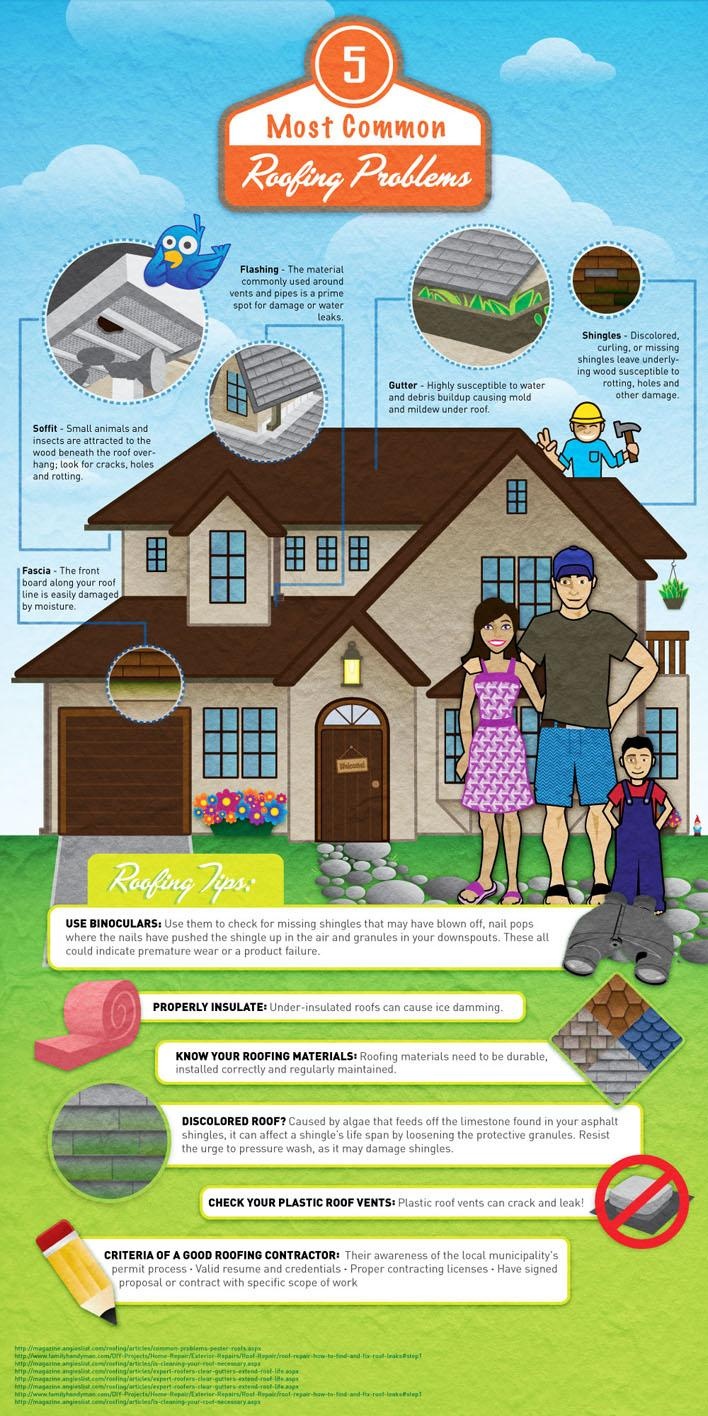Recognizing Roofing Damage Prior To It Intensifies Into A Serious Issue
Recognizing Roofing Damage Prior To It Intensifies Into A Serious Issue
Blog Article
Article Author-Walton Gupta
To shield your home from potential pricey repair services, determining roofing damage early is essential. By keeping an eye out for subtle indicators like missing shingles or water discolorations, you can catch concerns before they aggravate. But what concerning those frequently forgotten locations that could hint at surprise problems hiding above you? Remain tuned to find essential tips for spotting roofing system damages before it rises right into a significant headache.
Very Early Indication
Detecting roofing system damages early can conserve you time and money. One essential early indication to watch out for is missing or damaged tiles. If you see any type of shingles that are fractured, curling, or completely missing out on, it's vital to address the issue without delay. These harmed shingles can leave your roofing prone to leaks and more damages.
An additional sign to search for is water discolorations on your ceiling or wall surfaces. Continue Reading can indicate a leak in your roofing that requires instant attention. Ignoring these water stains can result in more substantial and expensive repair work down the line.
Additionally, be on the lookout for any type of indications of sagging or sagging locations on your roof covering, as this could suggest architectural damages that needs to be repaired promptly.
Exterior Evaluation Tips
Regularly inspecting the exterior of your roofing is critical for maintaining its stability and identifying possible damage early. Start by taking a look at the tiles-- seek any type of missing, cracked, or curling tiles, as these can be signs of roofing system damages.
Examine the gutters for granules from the tiles, as too much granule loss might indicate aging or weathering. Focus on the blinking around vents, smokeshafts, and skylights, ensuring they're snugly secured and free of fractures.
Try to find indicators of moss, algae, or mold development, as these can lead to roof covering degeneration if not attended to quickly. Furthermore, inspect the fascia and soffits for any type of water discolorations or rot, which might signal water damages.
Lastly, analyze repair flooring of your roofing system from the ground, looking for any sagging locations or visible dips. By carrying out these exterior assessments routinely, you can catch roofing damages early and stop it from becoming a major issue.
Interior Red Flags
When inspecting your roof covering for potential damages, don't forget the significance of inspecting the inside of your home. Interior warnings can frequently be early signs of roofing system issues that need focus.
Start by analyzing your ceilings for any kind of water spots or discoloration, as these might signify a leak in the roofing. Another essential area to examine is the attic, where indications of water damages, mold, or mildew may suggest a roofing problem.
Pay close attention to any kind of musty smells or a recognizable increase in moisture degrees, as these can also be indicators of water intrusion from a damaged roofing system. Additionally, sagging locations in the ceiling or walls must be taken seriously, as they could be a result of water damage weakening the structure.
If you observe any of these interior red flags, it's crucial to have an expert roofer evaluate the situation without delay to stop more damages and pricey fixings.
Conclusion
By staying alert and regularly checking for early indication of roofing system damage, you can protect against minor issues from developing into significant issues. Keep an eye out for missing out on or damaged tiles, water stains on ceilings or walls, and any kind of sagging or drooping locations on the roofing. By addressing these issues promptly, you can conserve yourself from pricey repairs and ensure your roof stays in good condition for many years ahead. Remain aggressive and safeguard your home from potential damages.
